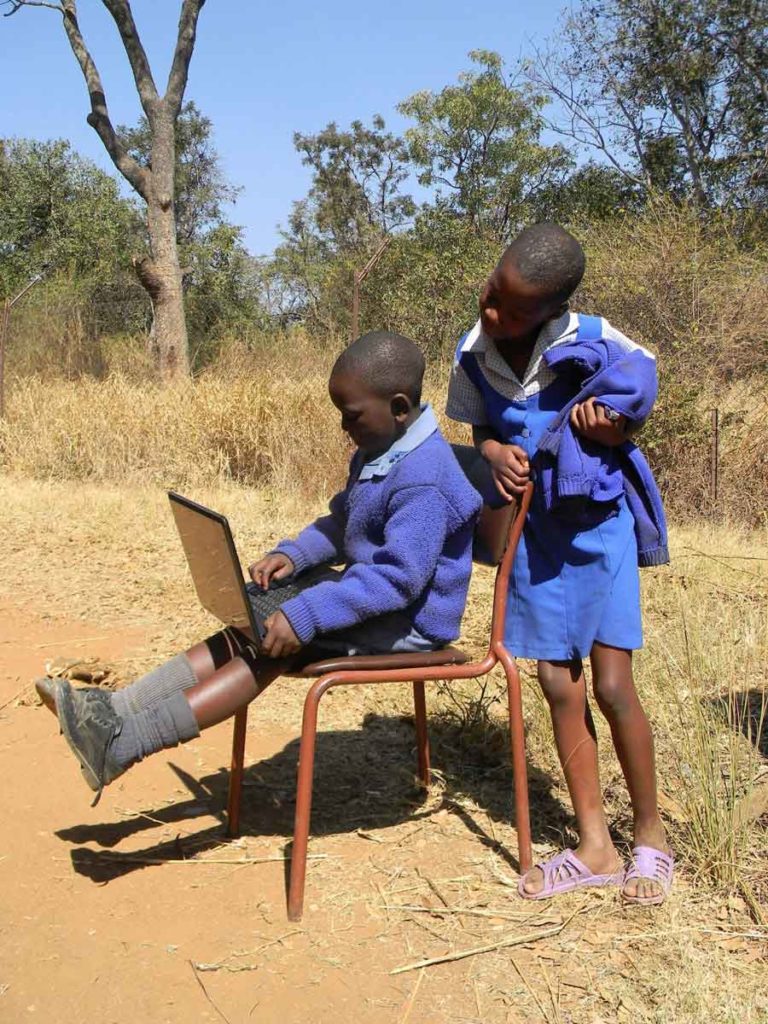Spectrum Pricing and Developing Countries

What is spectrum pricing?
The spectrum, relates to the radio frequencies allocated to the mobile phone industry for communication on the airwaves. Aside from cellular telephony, radio frequencies are used for broadcast radio and television, air traffic control, shortwave radio navigation, computer networks and many other applications. Spectrum bands have different aspects which make them suitable for different purposes. Generally, low frequency transmissions can travel greater distances before losing their energy. Although they can pass through dense objects more easily, less data can be transmitted through these waves. Higher frequency transmissions can carry more data but are essentially poorer at penetrating obstacles.
The spectrum pricing, is a sovereign asset and the national regulatory authorities of each state have a huge responsibility when allocating the appropriate resources to the services and sectors that can ascertain the most value (social and economic) from it. One of the main goal of governments around the world should be to get the most out of its mobile spectrum allocations.
As a result of new and amazing technological advancements, operators and the mobile phone industry have an opportunity to empower citizens and thus improve overall standards of living. 5g will support individuals and businesses in ultra-fast connectivity. Operators have crucial part to play in their realization of the internet of things and the impact it can have on a socioeconomic level.
It is clear from the current hype around such rapid advancements, that the mobile industry is ready to make the most of these opportunities. But international governments have to adopt supportive policies and frameworks to ensure this amazing potential becomes a reality. This is particularly significant when it comes to the spectrum pricing.
In most cases, operators pay up front for their allocation of spectrum and subsequent licenses. This is usually done by tender or auction. Occasionally, some governments ask for a percentage of the operator revenue as payment.
It would be fair to assume that governments and countries benefit from highly priced spectrum policies. Governments in developing countries or those with significant debts are playing an active role in creasing spectrum pricing often ask for exuberantly high amounts from operators in return for their place on the spectrum and an operating license. This is done in a bid to maximize state revenues and is a short term solution to paying off national debt.
Although mobile technology has grown significantly in developing countries, with the average mobile internet adoption increasing from 13% in 2010 to 37% by the end of 2017. This success has driven transformative social and economic impacts on these countries. E.g. higher economic growth, greater access to quality healthcare, education and a greater financial inclusion from mobile money services – such as Kenya’s MPESA, which processes a staggering 48% of the country’s GDP.
A recent GSMA (Global System for Mobile Communications Association) report reveals that spectrum prices in developing countries are in actual fact 3 times higher than that of developed countries and that higher prices are a significant obstacle to increasing mobile penetration and connectivity.
Why high spectrum prices can affect the mobile market
By raising allocation and licensing costs for operators, the mobile market can become less profitable in comparison to other industries. As a consequence, this can make investing less attractive, leading to underinvestment by both local and foreign investors in the country’s mobile sector and the inefficient allocation of capital across the wider economy. This is especially true after the wider benefits generated by mobile connectivity are taken in to account. Firms may also attempt to recover these high costs by increasing mobile tariffs for their customers.
Evidence suggests that when prices are high consumers can suffer from more expensive yet lower quality services. There is a significant link between high spectrum pricing and slow network rollouts, reduced network quality and poorer coverage. Countries with insufficient or poor spectrum frameworks that either inflate the prices or delay assignments are leading to millions of people being left unable to access mobile broadband services.
A key policy objective for governments in most developing countries is to connect the poorer or more rural and hard to reach communities and to close the Digital Divide. This was also part of a United Nations sustainable development plan introduced in 2015.
What is needed?
Fair allocations, at reasonable cost to the operators, will almost certainly maximize value generated by the brand and be a positive impact on social as well as economic development. Despite this, 2.3 billion people in developing countries are not using mobile services. A further 3.9 billion are not accessing mobile internet. A large proportion of the demographic in developing countries are also still using 2g services, meaning they are unable to realise the full range of benefits that the mobile internet is able to offer. There is a specific lack of network innovation in developing countries in comparison to those where both connectivity and speed is of better quality. High spectrum prices not only hinder the development of the mobile market but also prevent societies from fully leveraging the potential of mobile technology to accelerate social and economic development. Nowhere is this a greater concern than in developing countries. In addition to contributing to economic growth, mobile connectivity brings a wide range of social and economic benefits. These include promoting digital inclusion and supporting the delivery of essential services and key development objectives such as poverty eradication, healthcare, education, financial services and gender equality. Governments should prioritise these objectives over short-term targets related to maximizing spectrum revenues.

